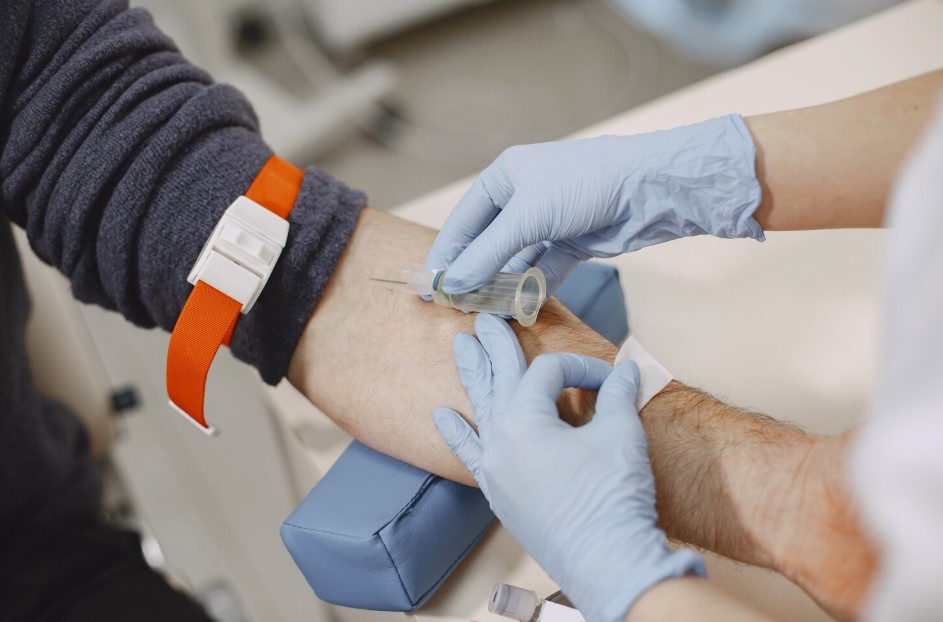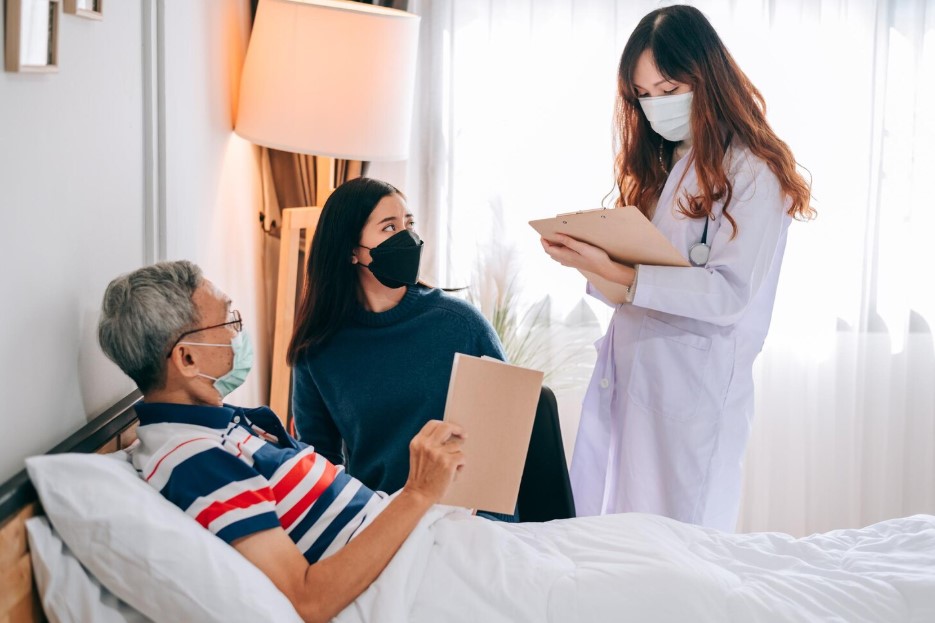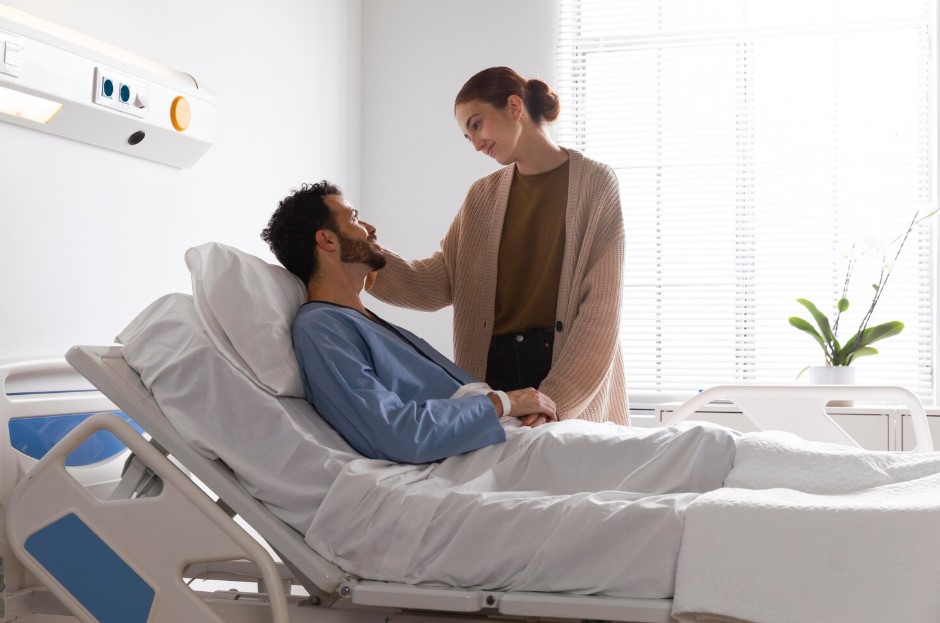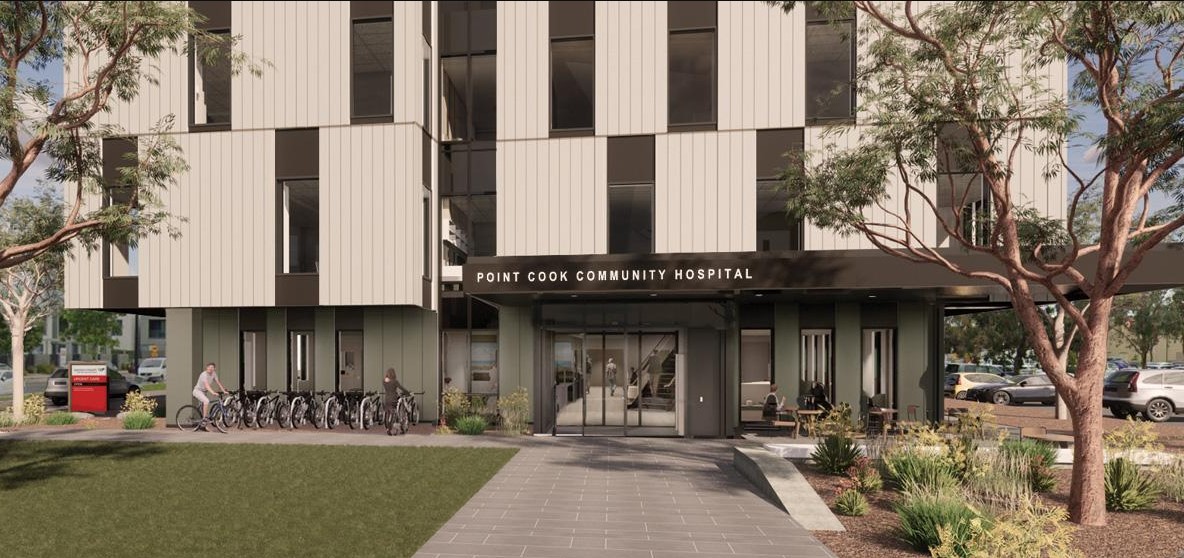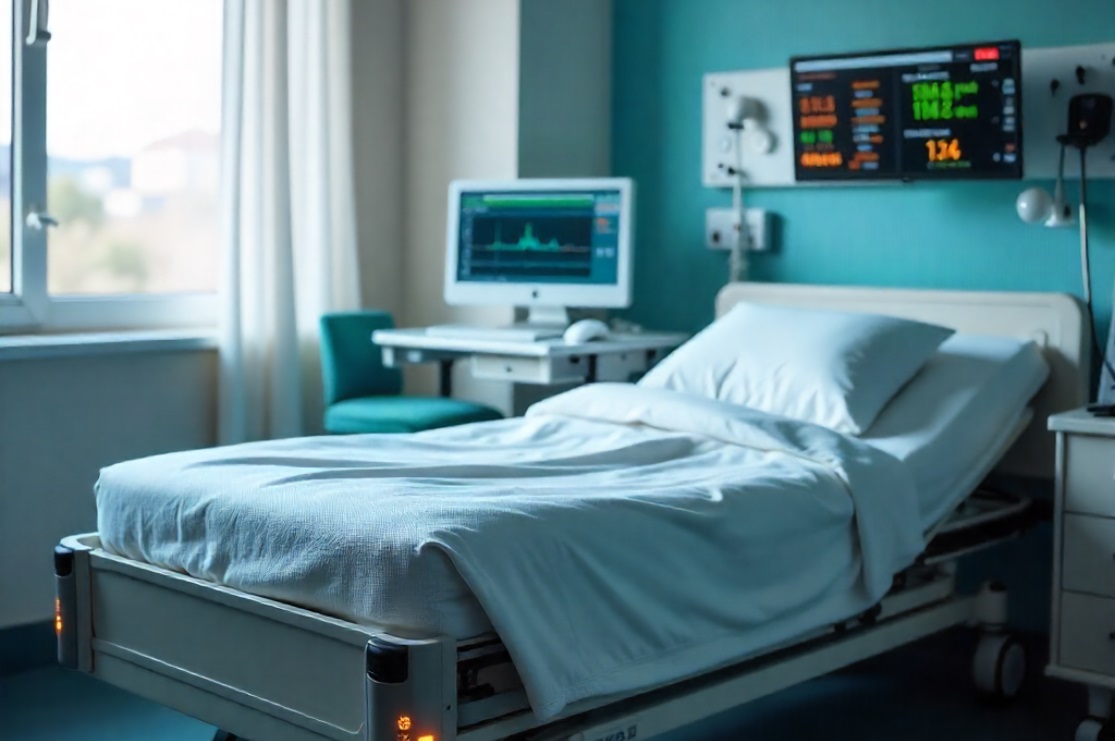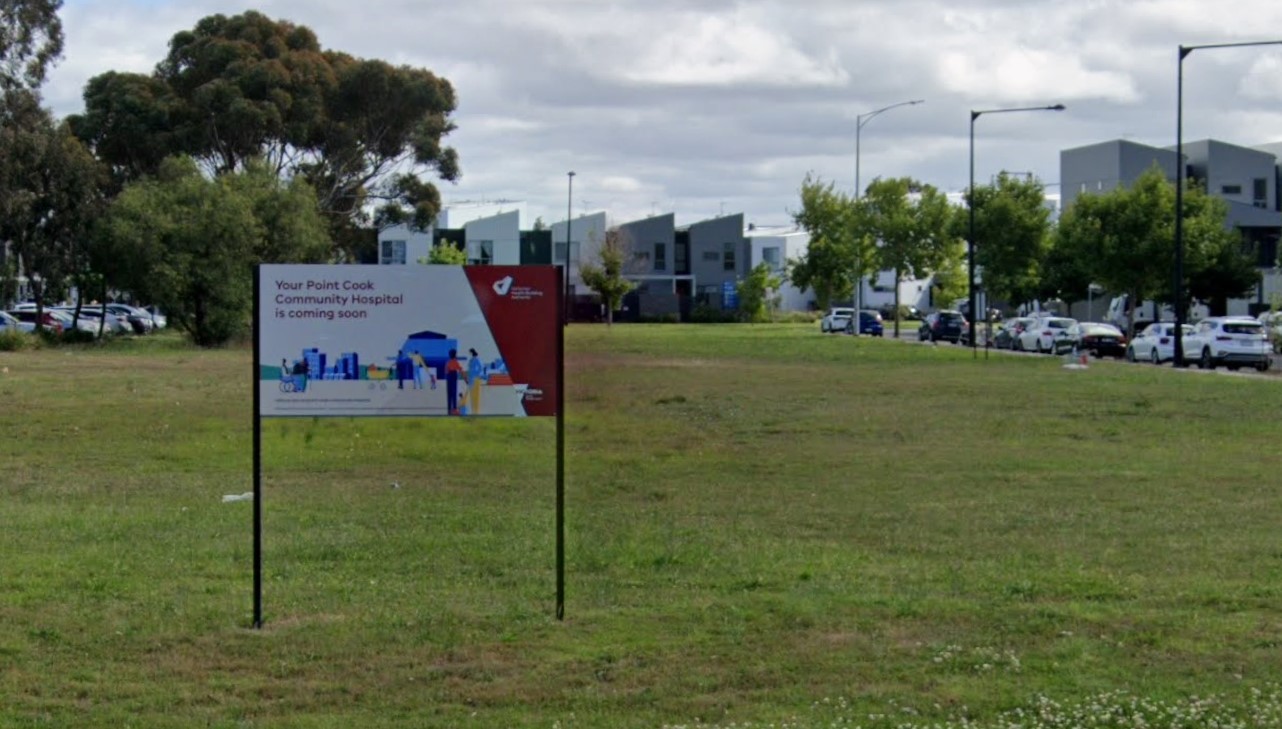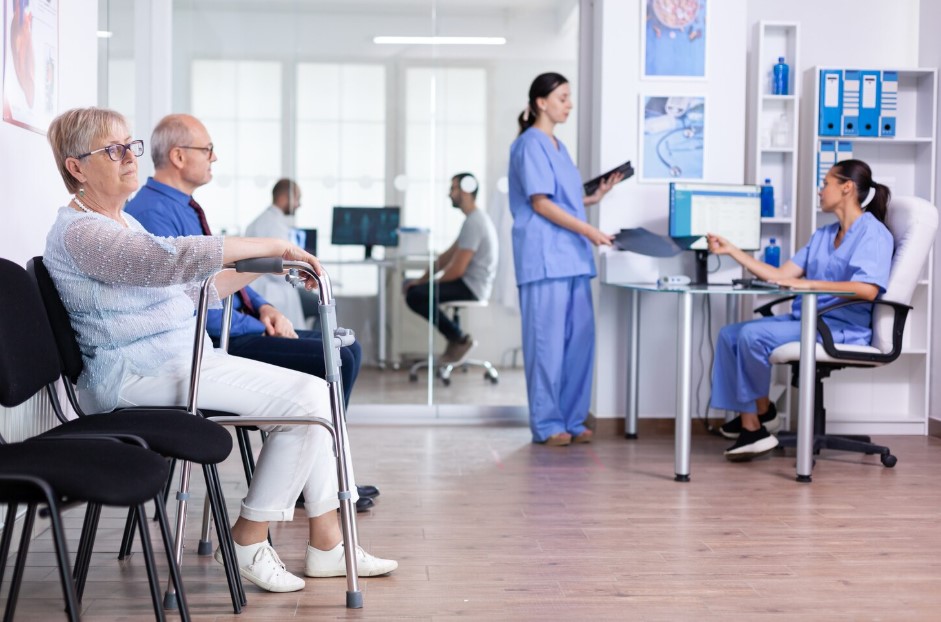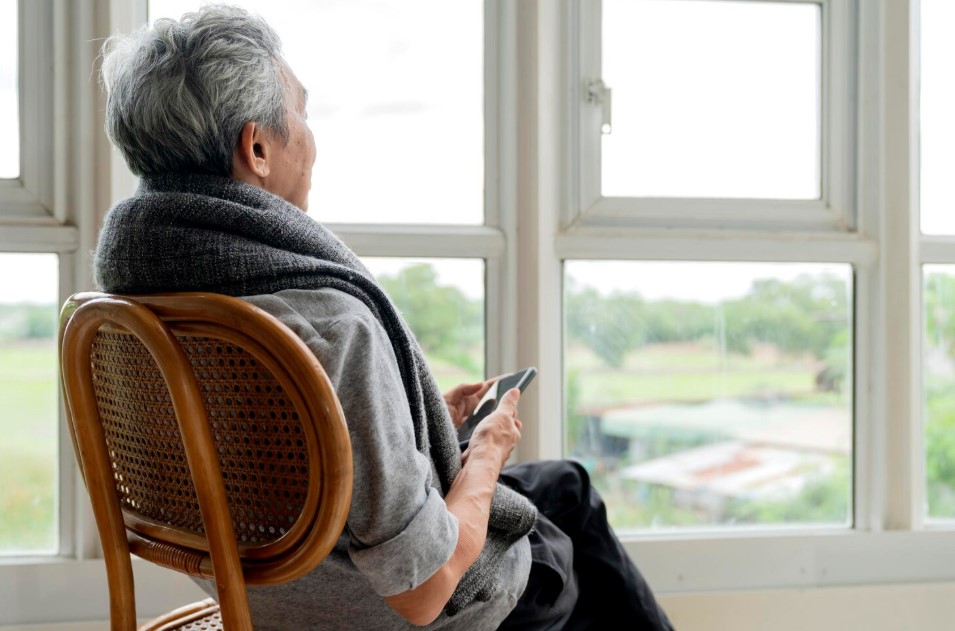29
Sep 2025
New Predictive Tool Offers Hope in Melanoma Detection
Published in News on September 29, 2025
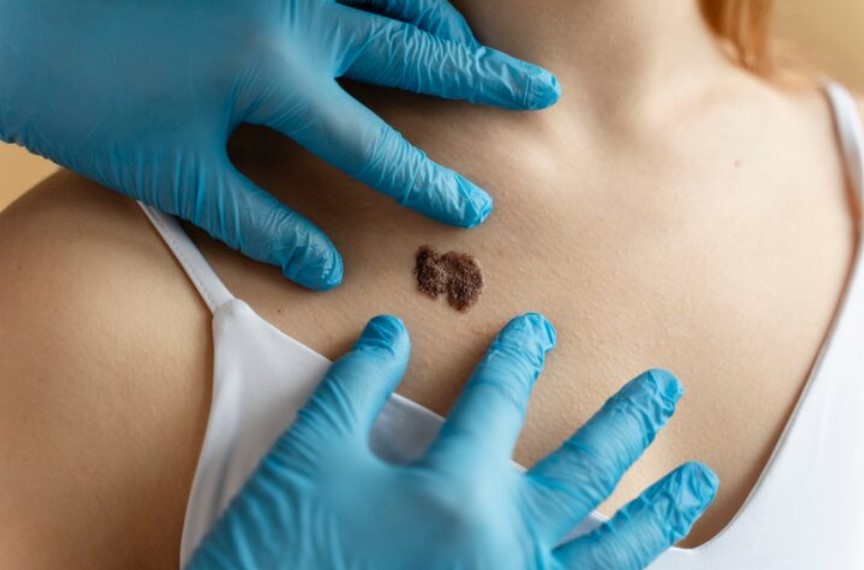
Researchers at Australia’s QIMR Berghofer Medical Research Institute have unveiled a first-of-its-kind, free, online melanoma risk assessment tool aimed at estimating a person’s chances of developing melanoma over 10 years. The innovation, which draws on a decade of data from more than 40,000 participants, represents a major step toward personalising early detection and intervention.
A Smarter Way to Predict Melanoma
This newly launched tool calculates risk by evaluating multiple scientifically established factors, such as:
- Sunburn history
- Family history of melanoma
- How an individual’s skin reacts to sun exposure
- Geographic location (i.e. UV exposure where one lives)
- Number of moles
- Also included are smoking history and height
The online questionnaire takes only a few minutes to complete and returns a personalised risk profile. One of its key aims is to help direct clinical attention to those at higher risk — while reducing needless screening for lower-risk people. As Professor David Whiteman explained:
“Our health system is at capacity … we want to make sure people who need skin checks are being checked … but not necessarily needing regular skin checks.”
Still, the researchers caution that the tool is not foolproof:
“Even if the tool tells you you are low risk, you still might have a melanoma, so it’s not to be complacent.”
The risk estimator is publicly accessible at qimrb.edu.au/melanoma.
Why It Matters
Melanoma remains one of Australia’s most common and dangerous cancers. Early detection typically leads to simpler treatment, better outcomes, and reduced costs. By stratifying individuals by risk, this tool may help:
- Focus limited dermatological resources on those who need them most
- Encourage lower-risk individuals to practice sun protection and self-monitoring
- Reduce strain on health services by cutting down low-yield screening
However, for patients who do require treatment — especially those needing surgery or other interventions — early detection is only one piece of the puzzle. The next question is: How can we support patients during hospital stays and treatment periods?
Supporting Patients Through Hospital Stays: Accommodation and Aid
When patients must travel for specialised care or stay near a hospital for treatment, the issue of accommodation becomes crucial. Some hospitals and regions offer dedicated lodging or subsidised support; others rely on external organisations. Below are examples and models in Australia that help bridge this gap.
Accommodation & Support Models in Australia
- Red Cross Medical Accommodation
In Queensland, the Red Cross maintains low-cost lodging centres adjacent to hospitals, such as the Cairns Wellbeing Centre, Townsville Wellbeing Centre, and Mackay Accommodation Centre. These facilities provide safe, affordable rooms for patients and their families while receiving treatment. If eligible under the Patient Travel Subsidy Scheme (PTSS), there may be no out-of-pocket cost. - Patient Travel Subsidy Scheme (PTSS)
In Queensland, PTSS offers financial support for both travel and accommodation for patients who need to travel to access specialist services not available locally. - Isolated Patients Travel and Accommodation Assistance Scheme (IPTAAS)
In New South Wales, IPTAAS provides assistance with accommodation costs (and travel) when patients travel more than 100 km for specialist medical care. - Hospital-affiliated visitor lodging
Some hospitals offer basic shared accommodations for patients’ families and carers. For example, St Vincent’s Hospital Sydney provides a shared facility (shared bathrooms, basic kitchen/laundry) at a rate of AUD 30 per person per night. - Hospital Stays Directory & Patient Hotels
Platforms like Hospital Stays list apartments and hotels close to medical facilities to ease logistical burdens.
Also, “patient hotels” (lodging facilities close to hospitals for those who don’t need intensive care) serve as an intermediate accommodation option, freeing up hospital beds for those in critical condition. - In-hospital bedside or parent accommodations
Hospitals sometimes allow a caregiver or family member to stay in a room with or adjacent to the patient. For example, Perth Children’s Hospital offers “bedside accommodation” (day beds in patient rooms) and works with Ronald McDonald House for families living more than 100 km away. P - Dormitory for attendants (India example)
In India, a cardiovascular hospital in Mysuru is constructing an 80-bed dormitory on campus to provide basic lodging for patient attendants, many of whom previously slept in corridors or open spaces.
These models illustrate that when hospitals and support services collaborate, patient care becomes more accessible, less stressful, and more humane.
The Bigger Picture
The development of a risk-prediction tool for melanoma is a highly promising development — it aims to catch skin cancer earlier and more efficiently. But the clinical journey doesn’t end there. Once a patient is flagged for treatment, ensuring they have reliable lodging, financial support, and emotional resources is vital.
In many places, these support structures already exist; in others, they must be developed. As predictive medicine advances, so too must the systems that help patients traverse treatment pathways — including the often-overlooked but essential component of hospital stay accommodation.
